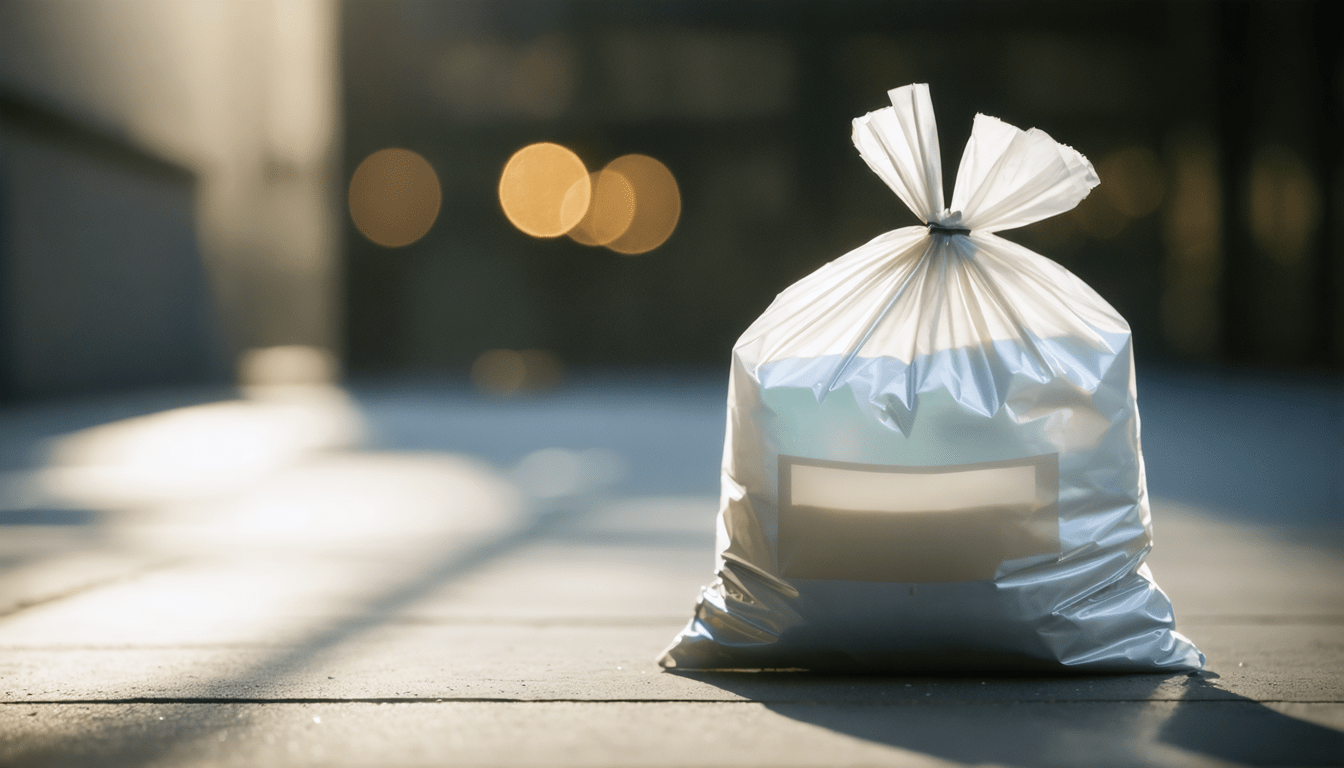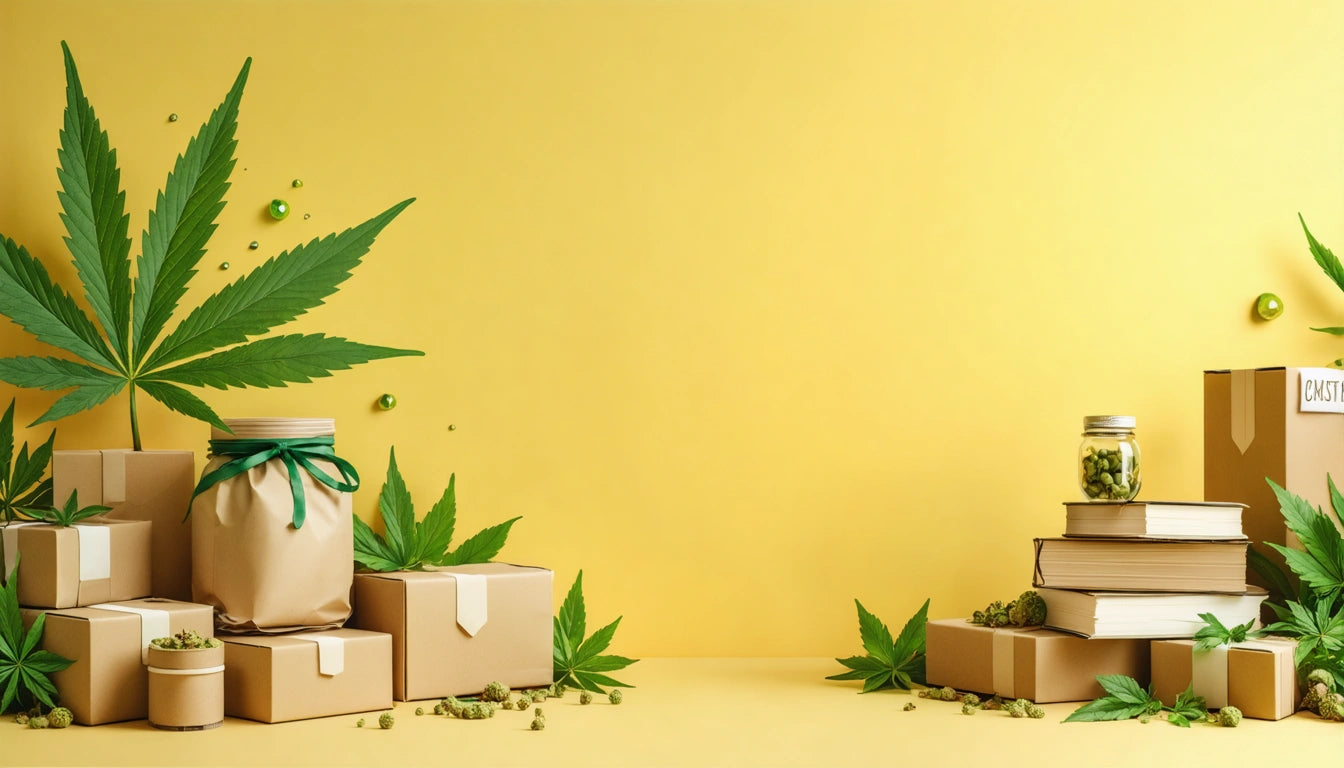Table of Contents
Effective tracking and optimization of packaging costs per SKU is essential for cannabis businesses looking to maximize profitability. With packaging often representing 5-15% of product costs, even small improvements can significantly impact your bottom line. This guide explores how to analyze, track, and optimize your packaging expenses across product lines.
Understanding Packaging Costs Per SKU
Packaging costs extend beyond the simple unit price of containers and labels. A comprehensive cost analysis includes direct materials, labor, storage, compliance updates, and waste. For cannabis products specifically, child-resistant features, compliance labels, and specialized materials add complexity to cost calculations.
Components of Packaging Costs
- Primary packaging (containers, tubes, bags)
- Secondary packaging (boxes, display units)
- Labels and inserts
- Assembly labor
- Storage and handling
- Compliance-related costs
- Waste and shrinkage
According to our research on packaging cost optimization, cannabis businesses that implement systematic tracking can reduce their packaging expenses by 12-18% within the first year.
Tracking Methodologies for Packaging Expenses
Implementing a robust tracking system is the foundation of cost control. Many cannabis operators use spreadsheets initially, but dedicated inventory management systems offer more accuracy and scalability.
Essential Metrics to Track
- Cost per unit (CPU) for each packaging component
- Total packaging cost per finished product
- Packaging cost as a percentage of MSRP
- Waste percentage during assembly
- Labor hours per 1,000 units packaged
Integration between your packaging inventory and point-of-sale systems creates a closed loop for accurate data. Proper software integration allows for real-time cost analysis and helps prevent stockouts or overordering.
Optimization Strategies to Reduce Packaging Costs
Once you've established tracking systems, you can implement targeted optimization strategies to reduce costs without compromising quality or compliance.
Material Standardization
Using standardized packaging across multiple SKUs increases order volumes and unlocks bulk pricing discounts. For example, using the same jar size for multiple flower strains with different labels reduces your component count and minimizes minimum order quantities.
Proper storage conditions for packaging materials are also crucial for preventing waste. Temperature and humidity control can prevent degradation of packaging components, especially for items like humidity control packs that maintain product freshness but are sensitive to environmental conditions themselves.
Assembly Line Efficiency
Optimizing your packaging workflow can dramatically reduce labor costs. Efficient assembly line design includes proper workstation setup, clear standard operating procedures, and potentially semi-automated equipment for high-volume SKUs.
Inventory Management Best Practices
Balancing inventory levels is critical for cost control. Too much inventory ties up capital and risks obsolescence, while too little can lead to rush orders at premium prices.
Just-in-Time vs. Bulk Ordering
The decision between just-in-time ordering and bulk purchasing depends on your specific operation. This comparison of inventory approaches helps you determine which strategy aligns with your production volume and cash flow situation.
For businesses with multiple product lines, managing diverse packaging needs becomes increasingly complex. Implementing a warehouse management system (WMS) can help track component usage across SKUs and anticipate reorder points.
Seasonal Planning
Cannabis sales often fluctuate seasonally, with higher demand around holidays and events. Forecasting seasonal packaging needs allows you to secure materials at standard pricing rather than paying rush fees during peak periods.
Future Cost Reduction Opportunities in Cannabis Packaging
Looking ahead, several emerging approaches offer potential for further cost optimization in cannabis packaging operations.
Automation represents a significant opportunity, with packaging automation systems reducing labor costs by 40-60% for high-volume producers. Even partial automation, such as automated weighing or label application, can yield substantial savings.
For growing brands, establishing scalable workflows that accommodate increasing volumes without proportional cost increases is essential. This might include partnerships with co-packers or fulfillment centers that offer economies of scale.
By implementing comprehensive tracking systems and targeted optimization strategies, cannabis businesses can transform packaging from a necessary expense into a strategic advantage that enhances both profitability and operational efficiency.











Leave a comment
All comments are moderated before being published.
This site is protected by hCaptcha and the hCaptcha Privacy Policy and Terms of Service apply.